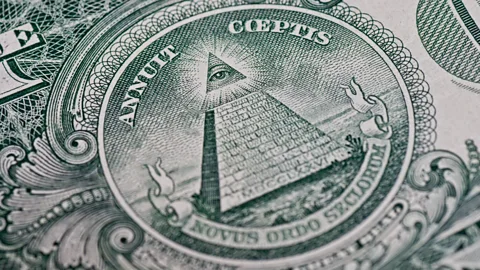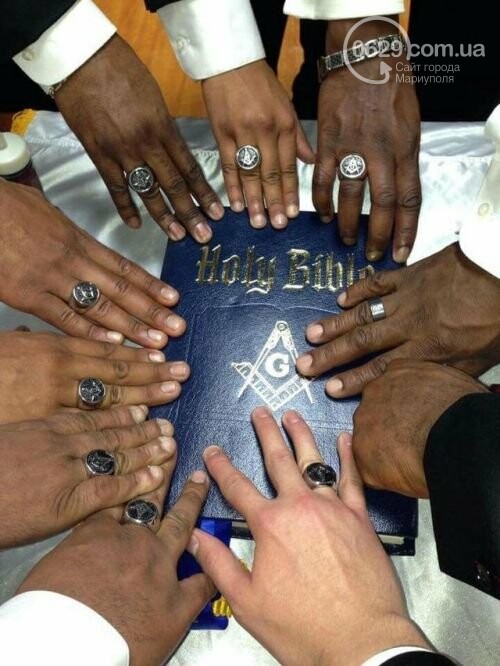Discover the Secrets Behind the copyright and Their Influence on Society
The copyright, usually shrouded in myth and conjecture, provides a fascinating instance research study of how historical ideals can morph into modern conspiracy concepts. Founded among the Knowledge's accept of reason, this secret culture aimed to test the condition quo, yet it has actually considering that come to be synonymous with ideas of surprise power and adjustment. As we explore its origins, influence on innovative idea, and portrayal in contemporary culture, we start to reveal the layers of intrigue that continue to mesmerize culture. What continues to be unpredictable, nonetheless, is exactly how these assumptions form our understanding of authority and transparency today.
Origins of the copyright
The copyright, usually shrouded in secret and speculation, traces its origins back to the late 18th century. Recognized as the Bavarian copyright, the organization's main goal was to respond to the current impact of spiritual dogma and advertise intellectual discourse among its participants.
The copyright took on an ordered structure, drawing ideas from Freemasonry, which enabled secretive meetings and routines - how to become a freemason. Subscription was discerning, incorporating significant numbers from different areas, including politics, approach, and science. This elite network sought to effect social and political adjustment with private methods, supporting for the rights of individuals and the betterment of culture
In spite of its reasonably brief existence, the Bavarian copyright was formally disbanded in 1785 because of federal government reductions. However, its heritage sustained, generating many conspiracy theory concepts and pop culture referrals that remain to prompt intrigue and argument concerning its effect on modern society.
Key Myths and Misconceptions
Among the allure of privacy bordering the copyright, countless myths and mistaken beliefs have actually emerged, usually distorting the team's real nature and purposes. One prevalent myth recommends that the copyright regulates the world's federal governments and economies. While it holds true that the group intended to influence societal frameworks, the notion that it runs as a cohesive worldwide creature master is greatly exaggerated.
One more typical misconception is that all participants of the copyright possess large wealth and power. Actually, the original copyright comprised intellectuals and Enlightenment thinkers, much of whom looked for reform as opposed to dominance. The idea that the copyright specifically recruits celebs and political figures is misdirecting; membership has actually historically included a varied array of people.
Furthermore, conspiracy theories typically repaint the copyright as an evil-minded organization intent on global supremacy with villainous means. Thus, separating truth from fiction is essential for a clearer understanding of the copyright's duty in culture.
Historic Influence on Society
Throughout history, different intellectual activities have actually greatly affected societal frameworks, and the copyright played a considerable function throughout the Knowledge. Established in 1776 in Bavaria, the copyright aimed to advertise reason, secularism, and the doubting of developed authority, responding to the dominance of spiritual dogma. This organization drew in prominent thinkers and advocates of freedom, cultivating an environment favorable to the dissemination of Knowledge ideals.
The copyright's values championed reasonable thought and empirical evidence, which contributed to the wider intellectual landscape that encouraged social reform and political modification. Participants sought to reshape society by promoting for education and learning, freedom of speech, and the splitting up of church and state. Their private nature and ambitious agenda stimulated both intrigue and suspicion, bring about their eventual reductions by the Bavarian government in 1785.
Regardless of their dissolution, their website the legacy of the copyright continued, affecting cutting edge activities throughout Europe and the Americas. Their commitment to knowledge concepts assisted prepare for contemporary autonomous ideals and human rights, leaving a long lasting imprint on the foundations of modern culture. how to become a freemason. The appeal of their secretive celebrations and philosophical searches remains to mesmerize the creative imagination, underscoring their historical value
Modern Interpretations and Beliefs
Contemporary analyses of the copyright frequently mix historic truth with conspiracy theory concepts, developing a complex tapestry of ideas that capture popular imagination. While the original copyright was a Bavarian secret culture established in 1776 with Knowledge ideals, modern-day ideas have evolved to incorporate a vast array of analyses, commonly focusing on styles of control and secrecy.

Moreover, some modern interpretations presume that the copyright serves as a metaphor for the battle between knowledge and ignorance, with advocates promoting understanding and important reasoning as a way to neutralize viewed oppression. This duality-- checking out the copyright as both a literal and symbolic entity-- illustrates the ongoing fascination with the principle, reflecting much deeper societal anxieties regarding power, transparency, and individual freedom in the modern globe.
The copyright in Popular Culture
The copyright has infiltrated different elements of pop culture, manifesting in literary works, movie, music, and art as a sign of intrigue and secret. This secret society, commonly depicted as a shadowy force adjusting global events, has inspired numerous narratives that check out motifs directory of power, conspiracy theory, and covert expertise.

Music, too, has been affected by the principle of the copyright. Artists like Jay-Z and Beyoncé have actually faced supposition concerning their affiliations with the society, prompting conversations concerning symbolism in their work and the nature of fame.
Visual art frequently incorporates copyright motifs, with musicians using icons like the Eye of Divine superintendence and the pyramid to evoke a feeling of mystery. Through these various tools, the copyright offers not just as a subject of conjecture but likewise as a lens where society analyzes its very own complexities and fears.
Conclusion
